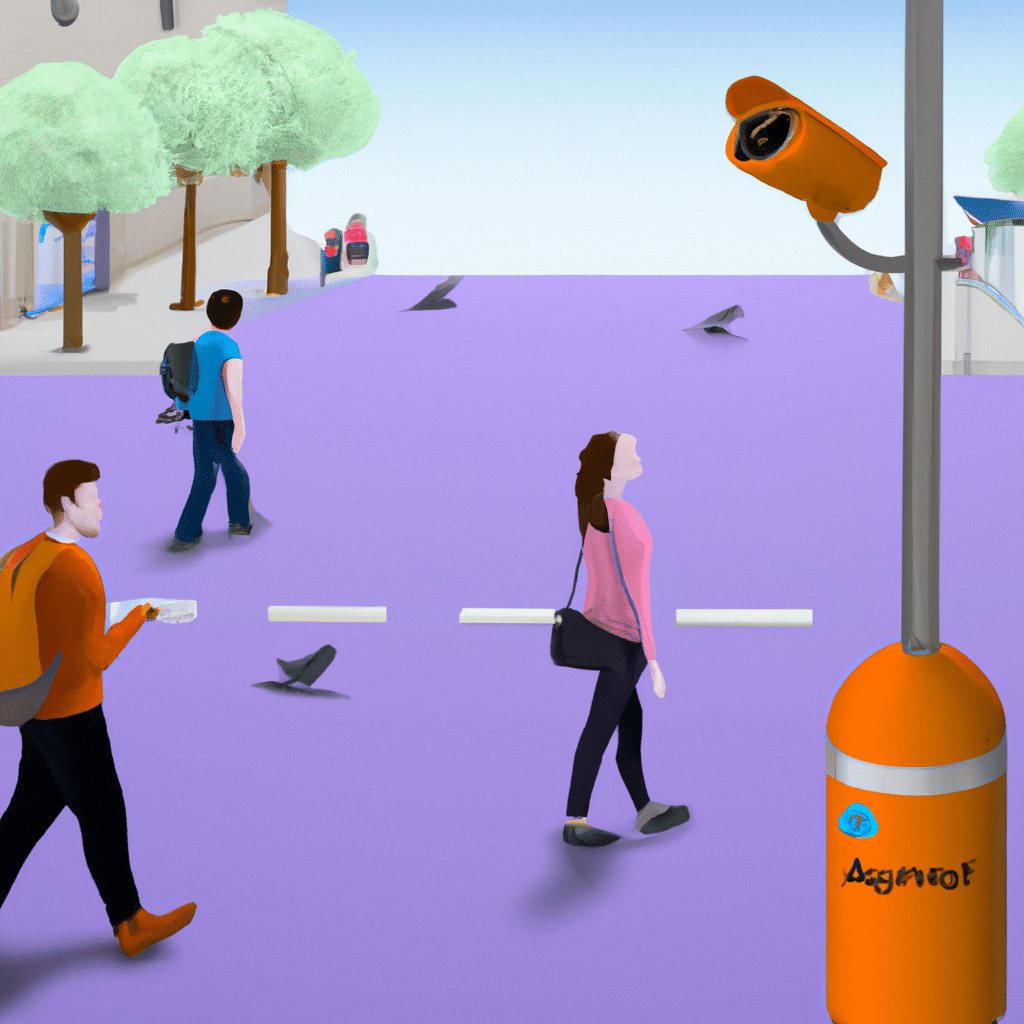The safety and security of public spaces have become a major concern for governments, businesses, and individuals in recent years. With the increase in crime rates, terrorism, and natural disasters, there is a need for better measures to ensure public safety. The Internet of Things (IoT) has emerged as a game-changer in this regard, providing innovative and effective solutions to enhance the safety and security of public spaces. In this article, we will explore how IoT is being used to enhance public safety and security.

What is IoT?
Before we delve into how IoT is enhancing public safety and security, let’s first understand what IoT is. IoT is a network of physical devices, vehicles, home appliances, and other items embedded with electronics, software, sensors, and connectivity. These devices are connected to the internet, allowing them to collect and exchange data. IoT allows for real-time monitoring, analysis, and control of various systems, making them more efficient and effective.
IoT-enhanced surveillance systems
One of the most significant applications of IoT in public safety and security is in surveillance systems. IoT-enabled cameras, sensors, and other devices can be used to monitor public spaces, detect threats, and alert authorities in real-time. These systems can also be used to track the movement of people and vehicles, identify suspicious behavior, and prevent crime.
For example, IoT-enabled cameras can analyze video feeds in real-time, detecting faces, license plates, and other objects. This allows authorities to track the movement of suspects and vehicles, identifying potential threats before they escalate. Similarly, IoT sensors can be used to detect unusual movement or behavior in public spaces, alerting authorities to potential threats.
IoT-enabled emergency response systems
IoT can also be used to enhance emergency response systems, providing faster and more efficient responses to emergencies. IoT sensors can be used to detect natural disasters, such as earthquakes, floods, and hurricanes. This allows authorities to respond quickly, providing aid and assistance to affected areas.
IoT can also be used to improve emergency communication systems. For example, IoT-enabled public address systems can be used to broadcast emergency alerts and instructions in real-time. This can be especially useful in large public spaces, such as stadiums, airports, and shopping malls.
IoT-enabled infrastructure monitoring
IoT can also be used to monitor critical infrastructure, such as power grids, transportation systems, and water treatment plants. IoT sensors can be used to detect and diagnose problems in real-time, allowing for faster and more efficient repairs. This can help prevent disruptions and ensure the continued functioning of these critical systems.
IoT-enabled smart lighting and parking systems
IoT can also be used to improve the efficiency of public spaces, making them safer and more secure. For example, IoT-enabled smart lighting systems can be used to automatically adjust lighting levels based on the time of day, weather conditions, and other factors. This can improve visibility and reduce the risk of accidents and crime.
Similarly, IoT-enabled smart parking systems can be used to guide drivers to available parking spaces, reducing traffic congestion and improving safety. These systems can also be used to monitor parking spaces, detecting unauthorized vehicles and alerting authorities.
Conclusion
In conclusion, IoT is transforming the way we approach public safety and security. IoT-enabled surveillance systems, emergency response systems, infrastructure monitoring, smart lighting, and parking systems are just a few examples of how IoT is being used to enhance public safety and security. With the continued growth of IoT, we can expect to see even more innovative and effective solutions in the future. By leveraging the power of IoT, we can create safer, more secure, and more efficient public spaces for everyone.












